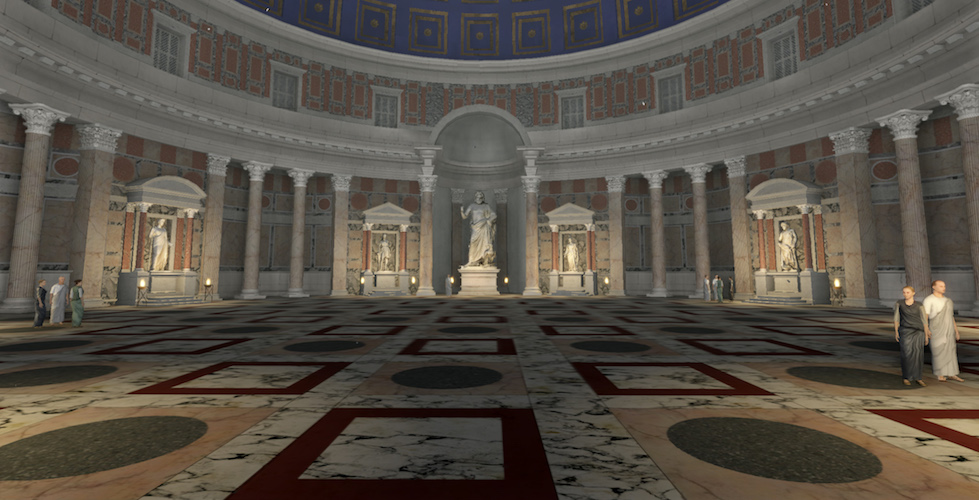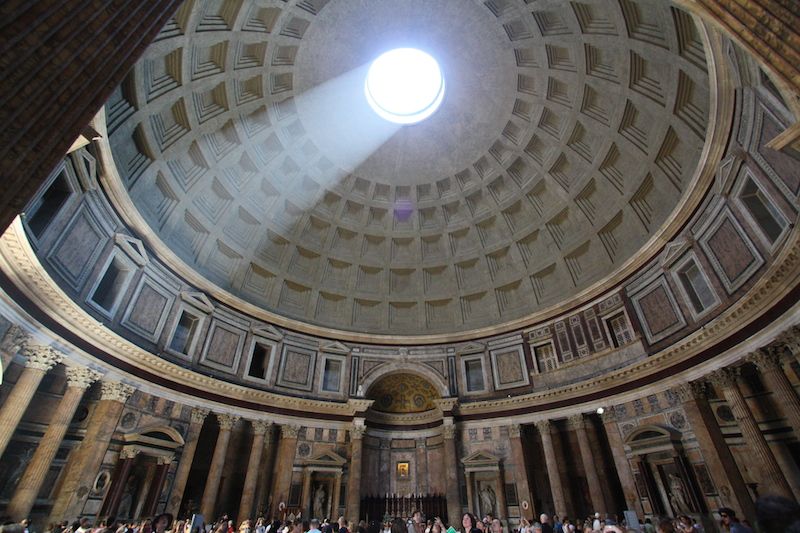Why Was The Pantheon Built Describe Its Roof

You might also like.
Why was the pantheon built describe its roof. Twice destroyed and twice rebuilt rome s famous temple of all the gods began as a rectangular structure. 4 the most fascinating part of the pantheon is its giant dome with its famous hole in the top the eye of the pantheon or oculus. And was finished by emperor pius about 140 a d. The pantheon in rome was not built in a day.
Mary and the martyrs in rome italy on the site of an earlier temple commissioned by marcus agrippa during the reign of augustus 27 bc 14 ad. Over the course of a century this original pantheon evolved into a domed building so famous that it has been inspiring architects since before the middle ages. The pantheon was rebuilt by the emperor hadrian during the period 118 to 128 a d. Even the name pantheon is taken from the greek meaning all of the gods.
6 3 explain the differences between a greek theater and a roman arena. 2 but the ward perkins s period is disputed by lugli who said the building was started sometime after 123 a d. A time given by ward perkins. Over the centuries it underwent a number of transformations and in 608 ad pope boniface iv made the pantheon a christian church by burying the remains of hundreds of martyrs within its walls.
3 however most of the bricks were made and placed in the pantheon in. 6 3 explain the differences between greek sculpture and roman sculpture. Pantheum is the best preserved building from ancient rome and was completed in c. ˈ p æ n θ i ə n us.
The dome was the largest in the world for 1300 years and until today it remains the largest unsupported dome in the world. 6 3 why was the pantheon built. Use examples to support your answer. By statesman marcus agrippa and is thought to have been designed as a temple for roman gods.
The diameter of the dome is 43 30 meters or 142ft for comparison the united states capitol dome is 96 feet in diameter and is in perfect. 125 ce in the reign of hadrian its magnificent dome is a lasting testimony to the genius of roman architects and as the building stands virtually intact it offers a unique opportunity for the modern visitor to step back 2 000 years and experience the glory that was rome.


















